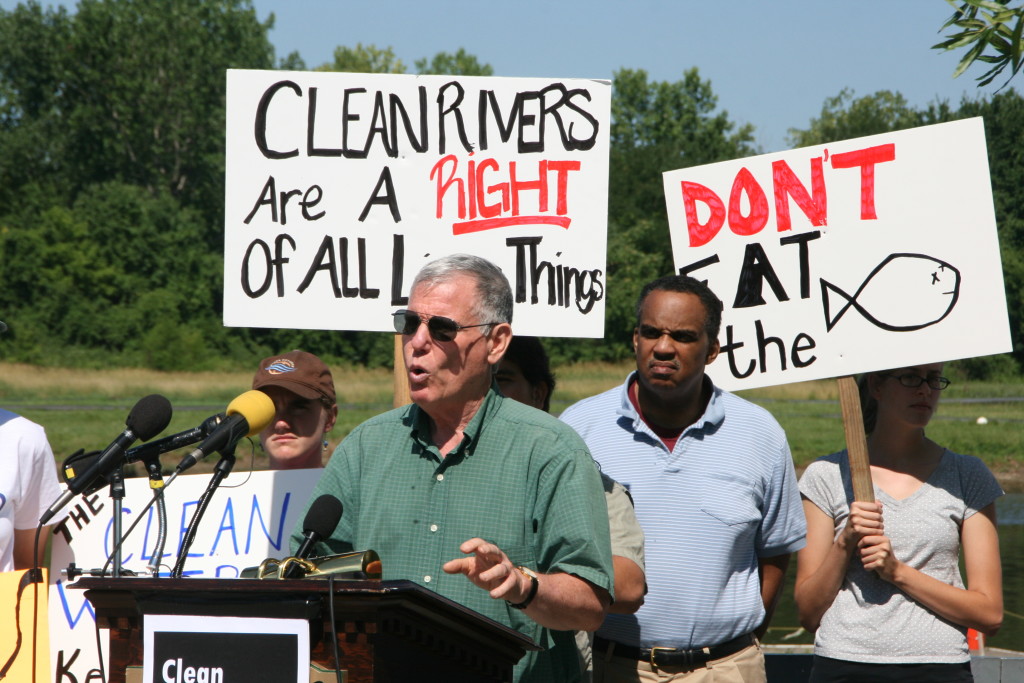Dead zone
Flesh-eating diseases are Chesapeake Bay’s dirty secret
By Gerald Winegrad On Aug. 5, Patty Peacock was checking crab pots on her pier on Harness Creek just as she has every summer day for decades. I have done the same at my pier just north of hers on Oyster Creek. Shaking the pot, she nicked the underside of her right arm. Bleeding, she…
Read MoreGerald Winegrad: Bay cleanup is mired in a Chesapeake deadzone
The EPA Bay Program was prodded by Congress in 2006 to begin issuing detailed annual progress reports and assessments with excellent data and no-holds-bar reporting of both failures and successes. This has ended. The EPA assessment is part of the Green Washing engaged in by governors, legislators, and even some in the conservation community to declare success when there is none.
Read MoreAg Certainty: Making Certain that the Bay Remains Polluted
With Ag Certainty, we’ve just thrown a “critical” part of the TMDL out the window; the only real “certainty” that remains is that we’ll all be sitting down in 2025 again and try to come up with the next, great plan to clean up the Bay.
Read More‘One Big Dead Zone’
(Posted by Sen. Brian Frosh.)
(This is third in a series of posts on What’s It Going to Take?: A look at how the environmental community can regain the initiative and build the political will necessary to clean up the Chesapeake Bay.)

“Unless we are very aggressive in the next few years, we could easily lose the Bay. It could be one big dead zone.” – Maryland State Senator Brian Frosh.
Despite decades of efforts to clean up the Chesapeake Bay, rapid population growth has offset much of the progress. Some people are beginning to lose faith that a restored, healthy Bay is even possible. Sen. Brian Frosh explains in this exclusive Bay Action Play video:
Read MoreFinally, some good news! Shrinking dead zones linked to nutrient reductions
(Posted by Bill Dennison.)
In a recent scientific publication by Rebecca Murphy and Bill Ball from Johns Hopkins University and Michael Kemp at the University of Maryland Center for Environmental Science, an analysis of 40 years of Chesapeake Bay data reveals some important new insights.
Read More